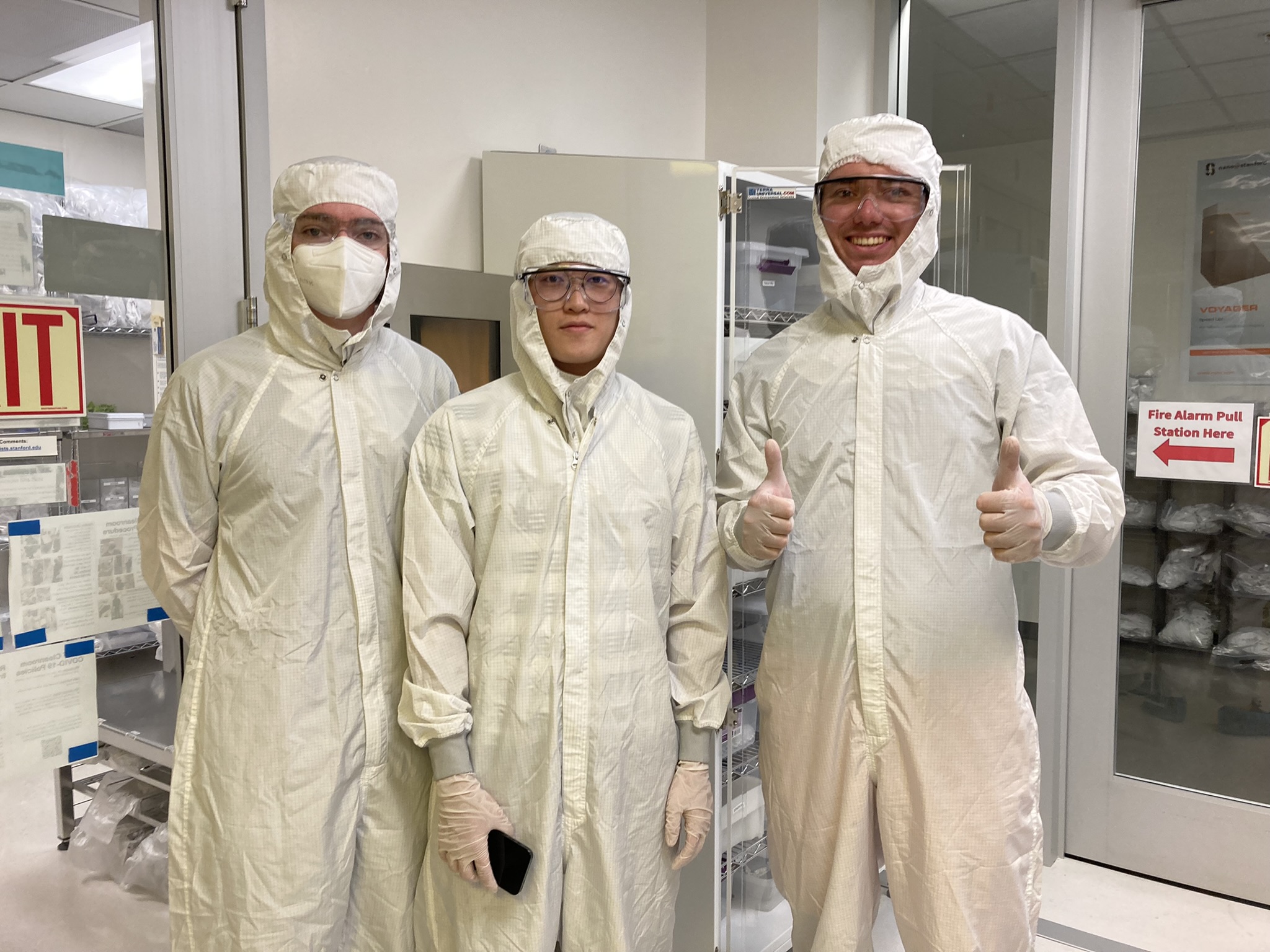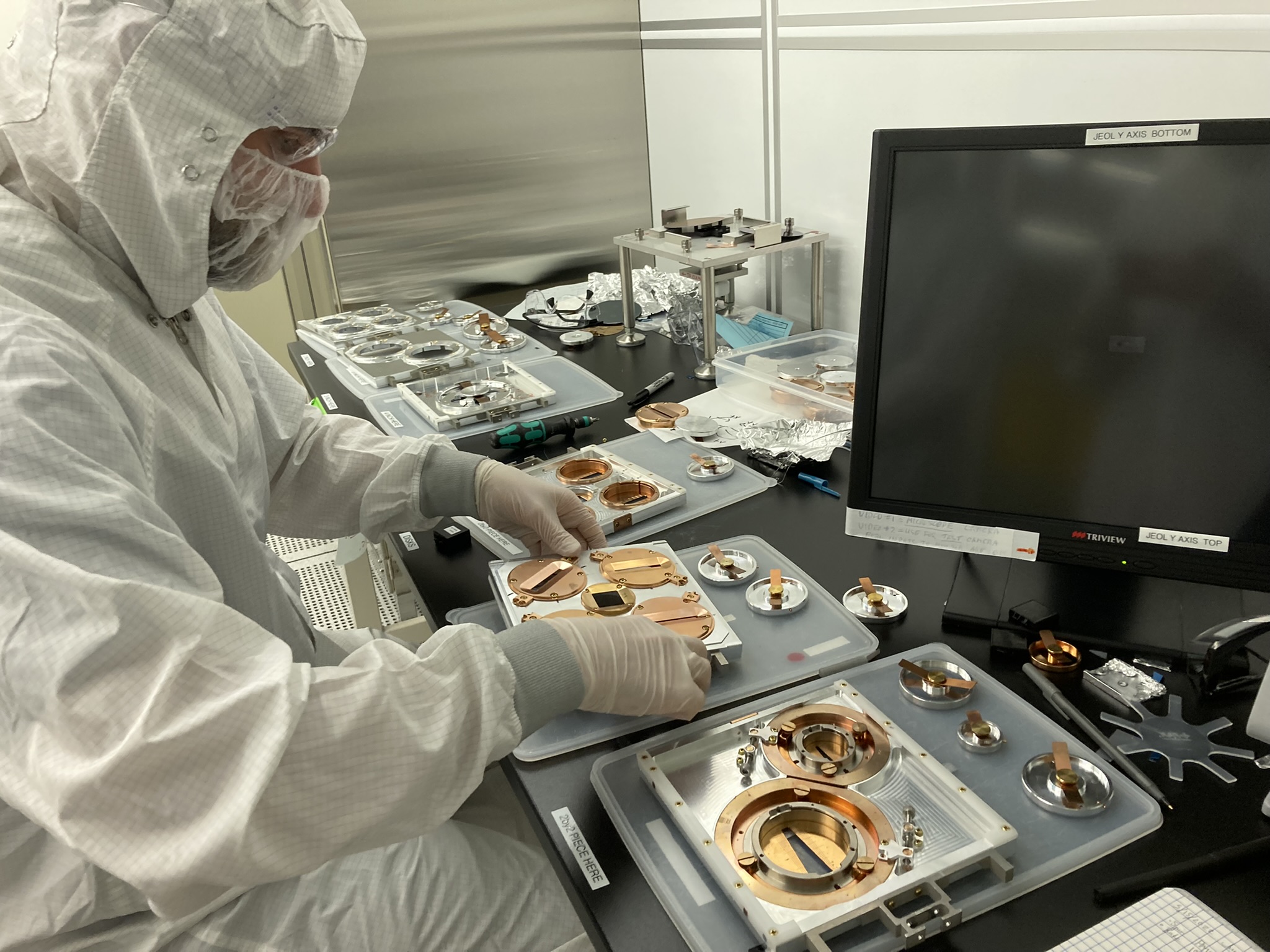PH108: Advanced Physics Lab
Professor: David Goldhaber-Gordon
Taken:
Overview
Probably the most fun I have ever taken, I could even imagine that classes with such high level of lab experince are possible, and there are certanly no university in Russia which can afford to have a class similar to this one.
This was an undergrad class, so I and Gene were the only grad students (fun fact: Gene was the fisr person to get MSc degree from Stanford Applied Physics department). The fact that I was a 3rd year PhD student in an experimental lab taking a class, which is supposed to be an introduction to physics lab, caused some odd looks in my direction, but luckily it did not stop me from taking the class.
The main reason I took the class is because of Prof. David Goldhaber-Gordon. I wanted to work with him when I came to Stanford, but unfortunately he did not have space for more students that year. David has shown himself to be a great teacher many times before, so I knew that the class would be well structured.
What I have learned
There were three groups of students: one decided to observe superfluidity in He, another wanted to study superconductivity: they initially wanted to make heat capacity measurement, but decided it was too elaborate and instead measured magnetic field near the surface of a superconductor mediated by vorticies. I was determined to work on a project related to what David does in his lab, with TA named Joe – one of David’s students. Even though David did not like this idea because a lot of the work would have to be done in the cleanroom, which most undergrad student are not trained for, I was able to convince him to choose “Measurement of Integer Quantum Hall Effect in Bilayer graphene” as our project.
Graphene/hBN exfoliation
First step in preparing a sample is exfoliating very thin flakes of graphene and boron nitride (BN). It is done with a very simple but tedious prcess of scotch tape peeling. Invention of this process lead to Nobel–prize worthy discovery of graphene in 2005, and since then many students in many physics lab all over the world, learned to do it themselves. It was finally my turn to do it.
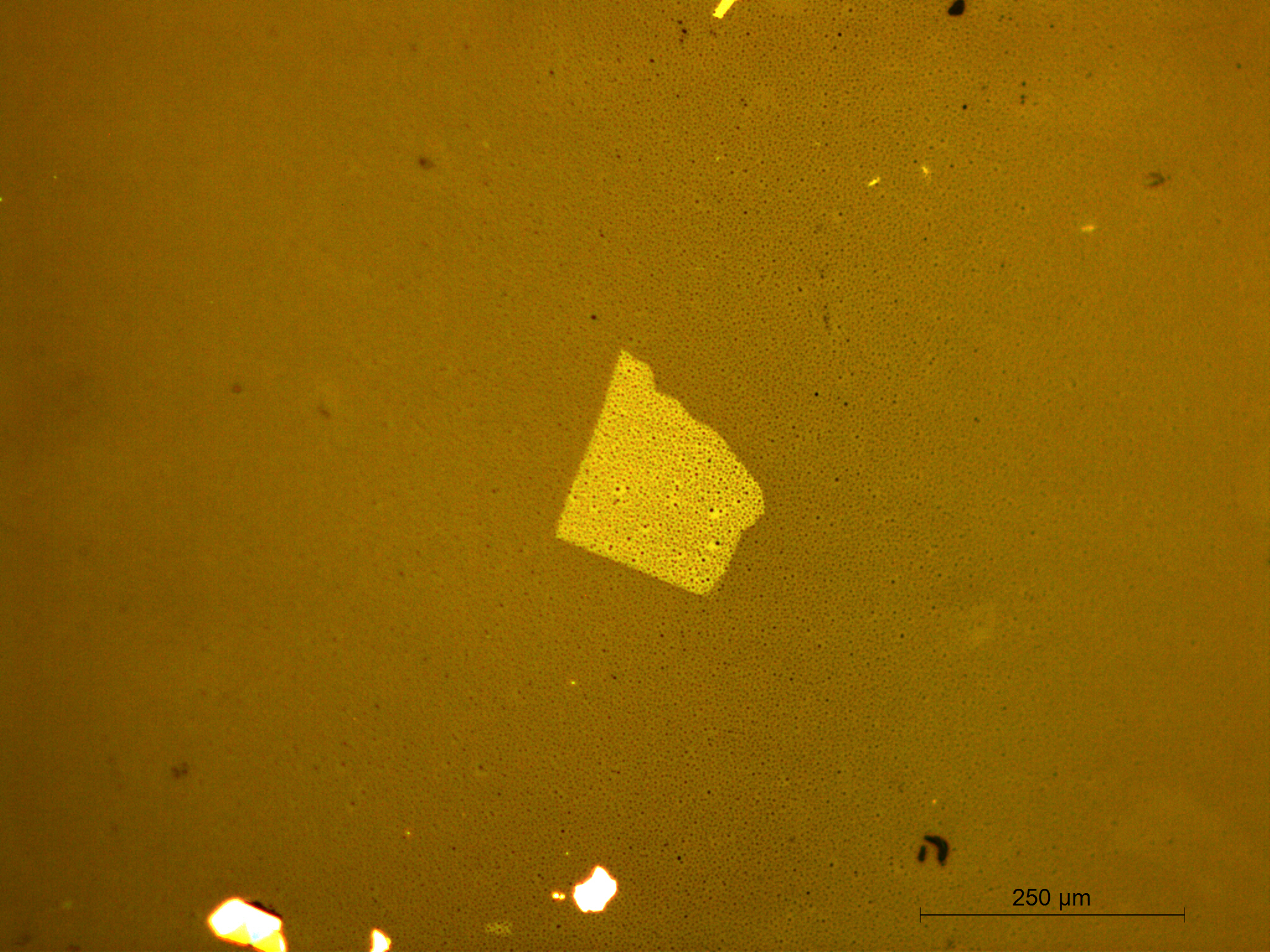
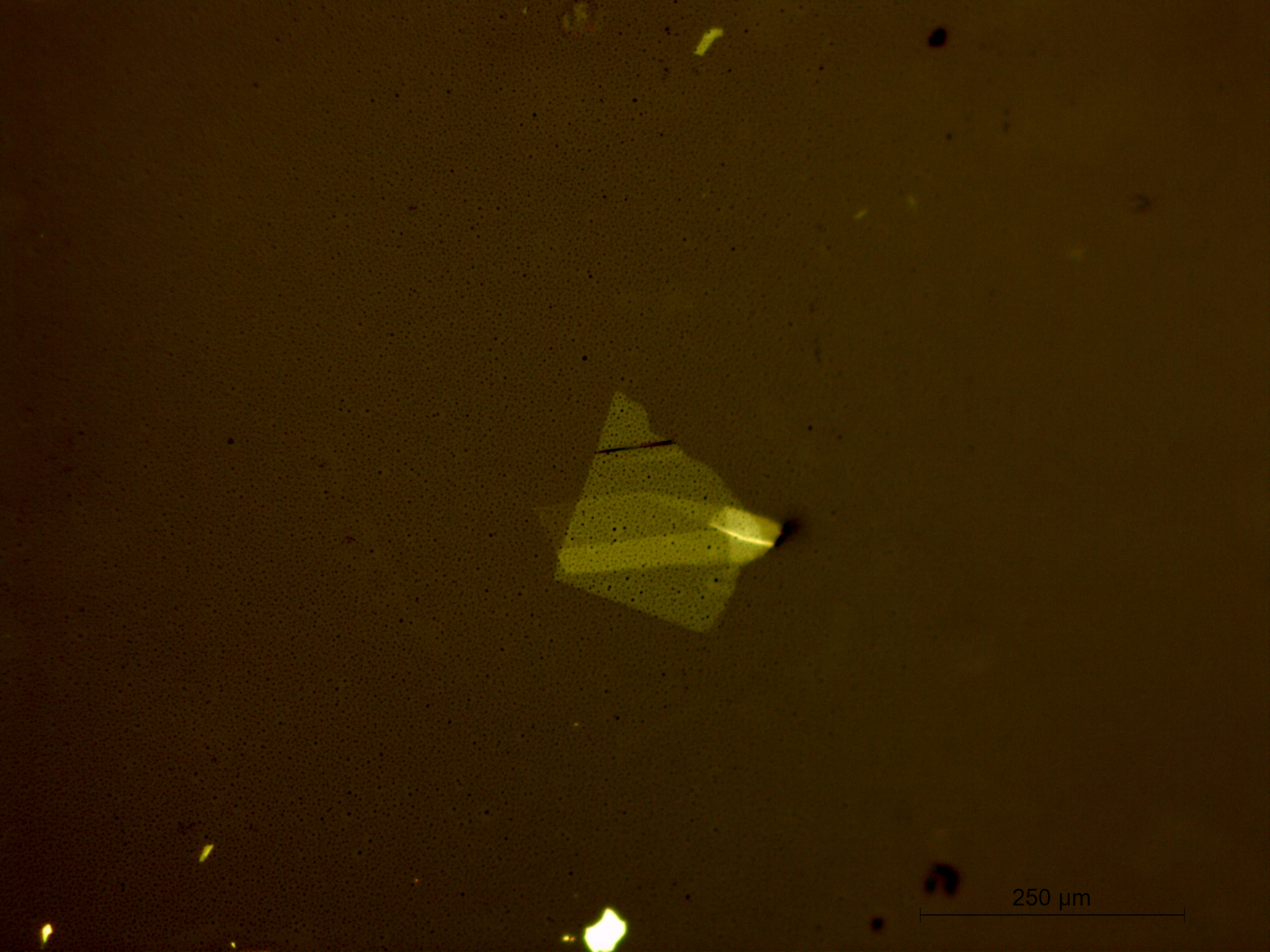
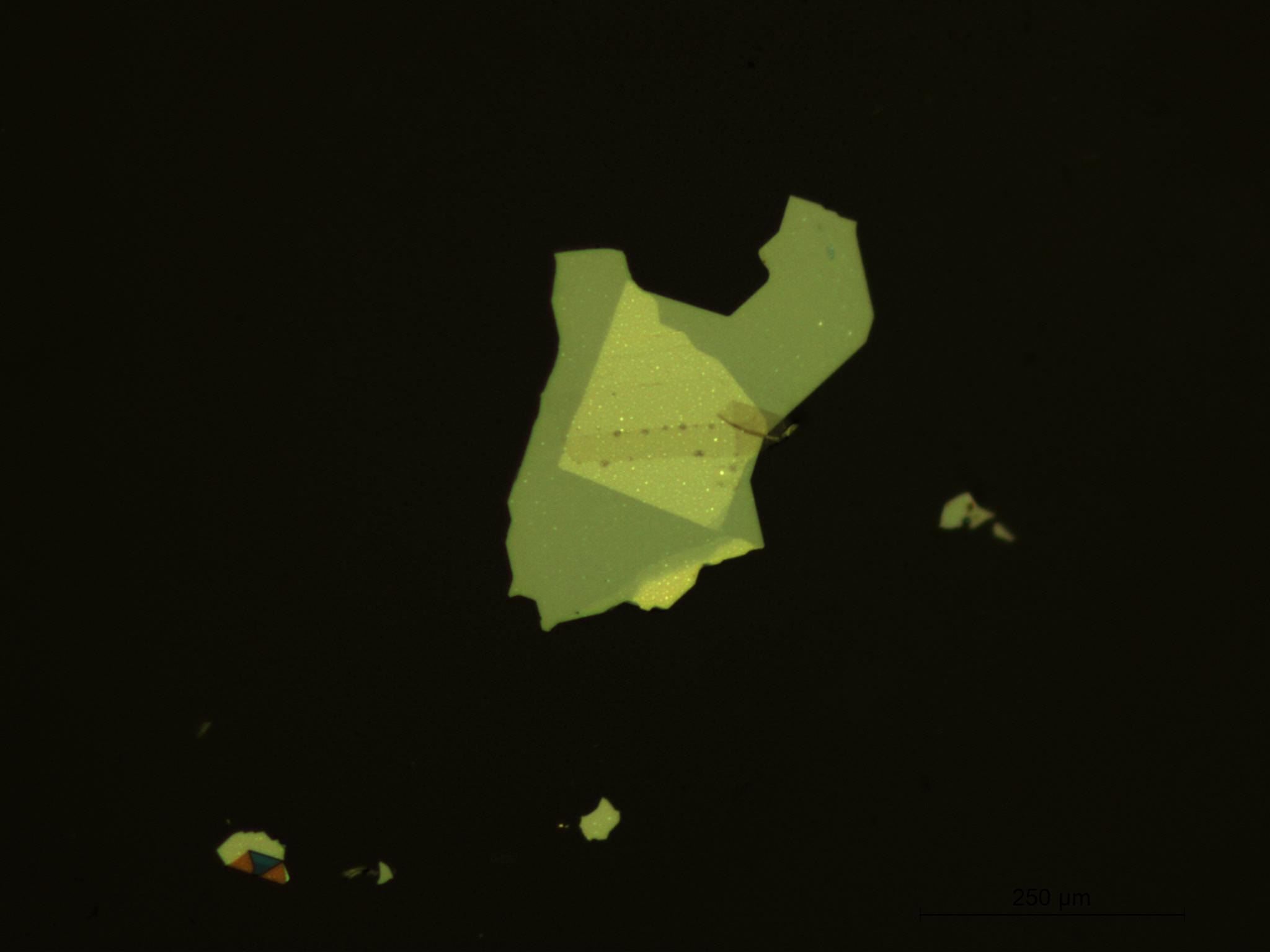
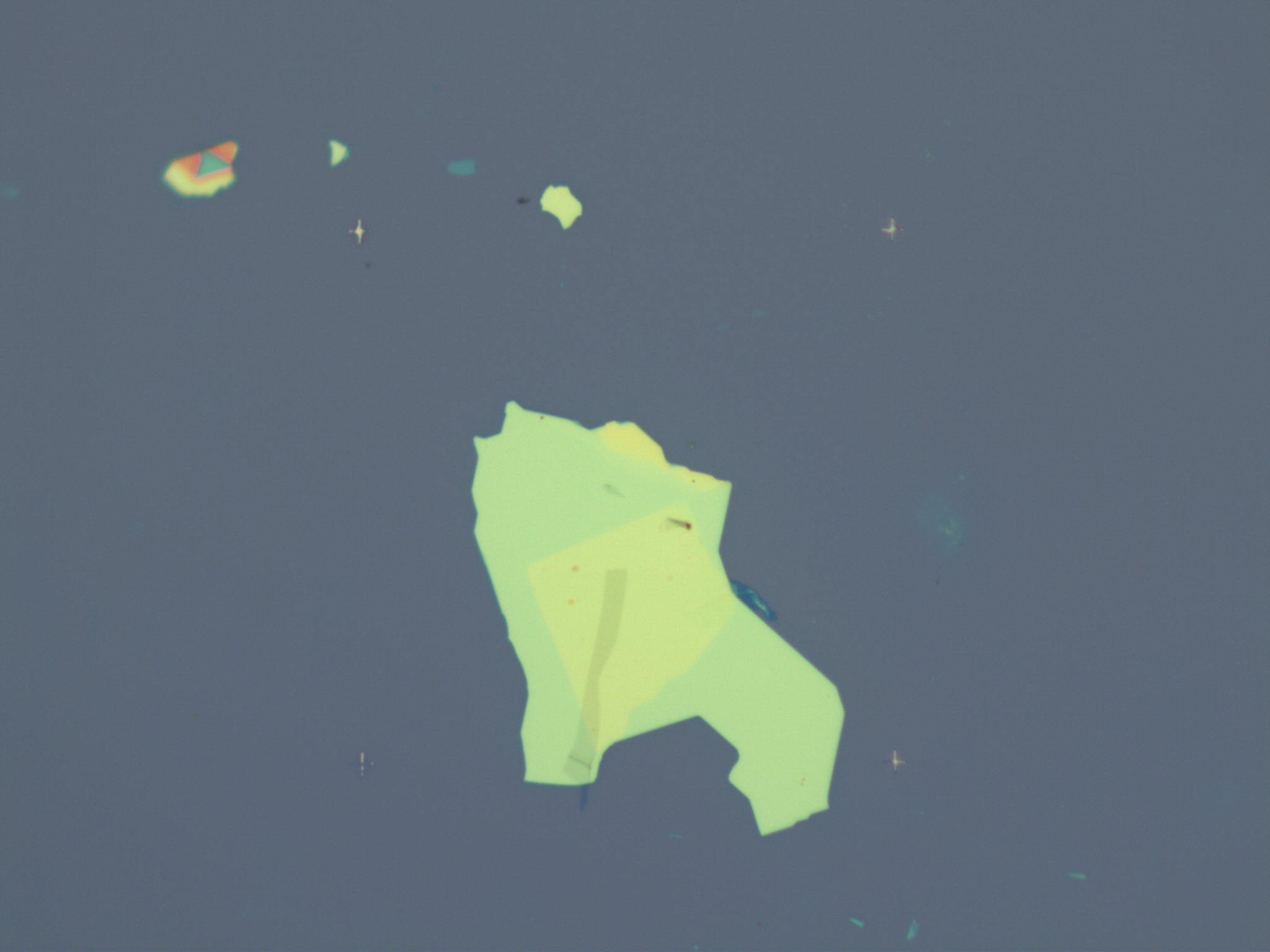
Cleanroom experience
Prior to this class I had very limited cleanroom experience. Bai from Hwang group showed me how to use ML3 photolithography equipment in flexible cleanroom (run by Tom Carver). It was fun and I really enjoyed making patterns on SrTiO\({}_3\) substrate, but it didn’t lead to any experiment, hence felt kinda unsatisfactory.
During the class Joe kindly showed us how e-beam lithography in nanopatterning cleanroom works. Even though this time I did not do any work with my own hands, I was able to follow the whole contact patterning process, and learned many details about device preparation, e-beam working principle, and gold contact evapoparation. However, I don’t remeber much of it now…
